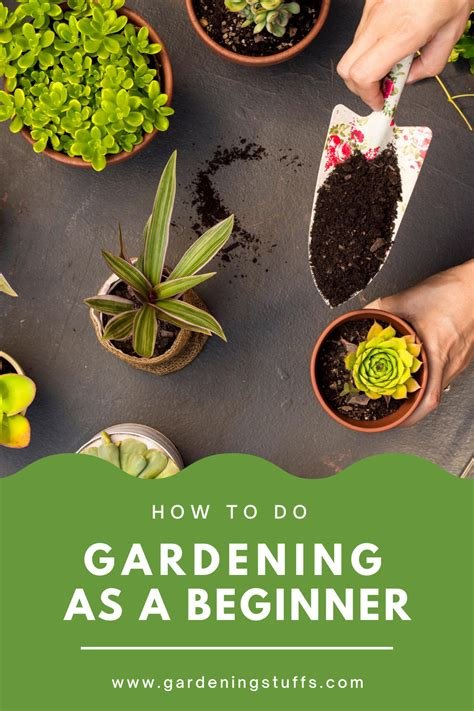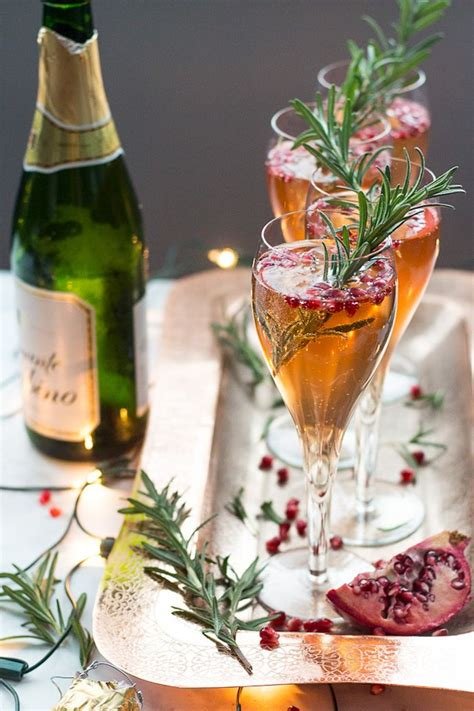Natural Hair Care and Hairstyles for Women’s Beauty
Are you tired of chemical-filled hair products and damaging hair treatments? It’s time to embrace the beauty of natural hair care and hairstyles for women. In this blog post, we will delve into the world of natural hair care and explore the numerous benefits it offers. From using essential oils for healthy hair to creating nourishing DIY hair masks, you’ll discover the secrets to achieving luscious locks without harmful chemicals. We’ll also discuss the importance of protective hairstyles and share tips for transitioning to natural hair. Whether you have curly, coily, or kinky hair, we’ve got you covered with styling tips and braided hairstyles that will enhance your natural beauty. Plus, we’ll provide valuable insights on how to maintain moisture in natural hair, ensuring that your locks remain healthy and vibrant. Get ready to revolutionize your hair care routine and unlock the potential of your natural hair!
Benefits of Natural Hair Care
When it comes to natural hair care, there are countless benefits that come with embracing and nurturing your hair in its natural state. One of the most evident advantages is the health of your hair. Natural hair care encourages the use of clean, natural products that are free from harsh chemicals, sulfates, and parabens, which can ultimately lead to stronger, more resilient hair. Additionally, natural hair care promotes the retention of moisture, which is crucial for maintaining the overall health and appearance of your hair.
Another significant benefit of natural hair care is the versatility it offers. Embracing your natural hair opens up a world of styling options, from wearing your hair in beautiful afros to experimenting with protective styles such as twists, braids, and bantu knots. This versatility allows you to express your individuality and creativity through your hair, without the need for damaging heat styling or chemical treatments.
In addition to the physical benefits, natural hair care also carries a strong sense of empowerment and pride. By choosing to embrace and care for your natural hair, you are embracing your cultural heritage and rejecting the societal pressure to conform to Eurocentric beauty standards. This act of self-love and acceptance can be incredibly empowering and liberating, leading to a deeper sense of confidence and self-appreciation.
Lastly, natural hair care can also have positive environmental and ethical implications. By supporting clean, natural hair care brands and reducing your reliance on chemical-laden hair products, you are contributing to a more sustainable and eco-friendly approach to hair care. Additionally, by embracing your natural hair, you are setting an example for others and challenging conventional beauty norms, ultimately promoting greater diversity and inclusivity.
Essential Oils for Healthy Hair
When it comes to healthy hair, essential oils can be incredibly beneficial. These natural oils are not only great for nourishing the scalp and hair, but they also offer a range of therapeutic properties that can promote overall hair health.
One of the most popular essential oils for healthy hair is lavender oil. This oil is known for its calming and soothing effects, and it can help to promote hair growth while also reducing dandruff and dry scalp.
Peppermint oil is another essential oil that can work wonders for your hair. It has a tingling sensation that can help to stimulate the scalp and promote improved hair growth. Additionally, it can help to balance the scalp’s pH levels and control excess oil production.
Rosemary oil is also highly beneficial for hair health. It can stimulate hair follicles, and improve circulation in the scalp, leading to better hair growth. It’s also known for its ability to prevent premature graying and reduce dandruff.
DIY Hair Masks for Nourishment
One of the best ways to nourish your hair at home is by using DIY hair masks. These natural treatments can help to moisturize, strengthen, and add shine to your hair without the use of harsh chemicals. Whether you have dry, damaged, or frizzy hair, there is a hair mask recipe out there for you.
Try mixing coconut oil with honey for a deeply nourishing treatment. Coconut oil is known for its ability to penetrate the hair shaft and moisturize from within, while honey is a natural humectant that helps to lock in moisture. Simply mix together equal parts of coconut oil and honey, apply to your hair, and let it sit for at least 30 minutes before rinsing out. Your hair will be left feeling soft and revitalized.
If you have oily hair, try using a banana and avocado mask to nourish your locks without weighing them down. Bananas are rich in potassium and natural oils that can soften the hair, while avocados are packed with vitamins and healthy fats that can deeply hydrate and nourish. Mash up a ripe banana and avocado, apply to your hair, and leave on for 20-30 minutes before washing out. Your hair will feel light, nourished, and full of shine.
In conclusion, DIY hair masks are a great way to provide your hair with the nourishment it needs. By using natural ingredients, you can avoid the use of harsh chemicals and instead use the power of nature to achieve healthy, beautiful hair. Whether you have dry, oily, or damaged hair, there is a DIY hair mask recipe out there for you.
Protective Hairstyles for Natural Hair
When it comes to maintaining the health and growth of natural hair, protective hairstyles play a crucial role. These hairstyles help in reducing the manipulation and heat exposure that can cause damage to the hair. One of the most popular protective hairstyles for natural hair is braids. Braids not only look stylish but also keep the hair secure and protected from environmental factors.
Another great protective hairstyle for natural hair is twists. Twists are versatile and can be styled in various ways, providing a protective barrier for the hair while maintaining its moisture and preventing breakage. Protective hairstyles such as buns and updos are also effective in keeping the hair protected and tangle-free.
It is important to note that while protective hairstyles are beneficial for natural hair, it is equally important to ensure that they are not done too tightly, as this can lead to tension and hair damage. Additionally, regularly moisturizing the hair and scalp is essential even when wearing protective styles to prevent dryness and breakage.
Overall, incorporating protective hairstyles into your natural hair care routine can help in promoting healthy hair growth and minimizing damage, making them an essential part of any natural hair care regimen.
Transitioning to Natural Hair
Transitioning to natural hair can be an exciting and empowering journey for many individuals who have previously relied on chemical straightening or other hair treatments. Making the decision to embrace your natural hair texture is not only a personal statement but also a commitment to healthier hair practices.
One of the key benefits of transitioning to natural hair is the avoidance of harmful chemicals commonly found in relaxers and other straightening treatments. These chemicals can cause damage to the hair and scalp, leading to dryness, breakage, and even hair loss over time.
During the transition period, it’s important to focus on protective hairstyles that help minimize manipulation and breakage. Styles such as braids, twists, and buns can keep the hair tucked away and allow for healthy growth without constant styling and heat exposure.
It’s also essential to maintain adequate moisture in the hair during the transition phase. Using natural oils, deep conditioning treatments, and avoiding excessive heat styling can help keep the hair hydrated and prevent breakage as the natural texture begins to emerge.
Styling Tips for Curly Hair
Styling curly hair can be a fun and creative process, but it can also be a challenge. Whether you have natural curls or have used heat tools to achieve the look, there are several tips that can help you achieve the best results.
First and foremost, it’s important to use the right products for curly hair. Look for shampoos, conditioners, and styling products specifically designed for curly hair to help enhance your natural texture and minimize frizz.
In addition to using the right products, it’s important to handle curly hair with care. Avoid brushing your curls when they are dry, as this can cause breakage and disrupt the natural pattern. Instead, use a wide-tooth comb or your fingers to gently detangle your curls while they are wet and coated with conditioner.
When it comes to styling, consider embracing your natural curls and using products to enhance their shape and definition. You can also experiment with different styling techniques, such as twist-outs, braid-outs, or finger-coiling, to create a variety of looks with your curly hair.
Braided Hairstyles for Natural Hair
Braided hairstyles are a popular choice for individuals with natural hair, as they not only look stylish but also help to protect the hair from breakage and damage. Braids can be a great option for those looking to give their hair a break from daily styling and manipulation, as they can be worn for an extended period of time without the need for frequent restyling.
When it comes to braided hairstyles for natural hair, there are endless options to choose from. From box braids to cornrows to twists, the versatility of braided styles allows individuals to express their personal style while keeping their hair protected and healthy. Additionally, braided hairstyles are a great way to give natural hair a break from heat styling and chemical treatments, promoting overall hair health.
Another benefit of braided hairstyles for natural hair is their low maintenance nature. Once the braids are installed, there is minimal daily styling required, making it a convenient option for individuals with busy schedules. This also means less manipulation of the hair, reducing the risk of breakage and promoting hair growth.
Whether you’re looking for a protective style, a low-maintenance option, or simply want to switch up your look, braided hairstyles for natural hair are a versatile and stylish choice for individuals with natural hair.
Maintaining Moisture in Natural Hair
Proper moisture is essential for keeping natural hair healthy and vibrant. Without adequate moisture, natural hair can become dry, brittle, and prone to breakage. To maintain moisture in natural hair, it’s important to use hydrating products that are specifically formulated for curly and coily hair textures.
One way to ensure moisture is retained in natural hair is by incorporating a deep conditioning treatment into your regular hair care routine. Deep conditioning helps to replenish the hair’s moisture levels, leaving it soft and manageable. Look for deep conditioning products that contain ingredients such as shea butter, coconut oil, and olive oil, which are known for their moisturizing properties.
In addition to using hydrating products and treatments, it’s important to protect your hair from environmental factors that can contribute to moisture loss. This includes wearing protective styles, such as braids or twists, to minimize exposure to harsh weather conditions and prevent the hair from becoming dry and brittle.
Regular hydration is also key to maintaining moisture in natural hair. Using a leave-in conditioner or moisturizing spray can help to refresh and hydrate the hair throughout the day, especially during dry or humid weather. By taking these steps to maintain moisture in natural hair, you can help to keep your curls soft, defined, and healthy.
Frequently Asked Questions
What are the benefits of natural hair care?
Natural hair care helps in maintaining the natural texture of hair, reduces the risk of chemical damage, and promotes overall hair health and strength.
Which essential oils are good for healthy hair?
Essential oils like lavender, rosemary, and peppermint are known for promoting hair growth, reducing dandruff, and adding shine to the hair.
What are some DIY hair masks for nourishing natural hair?
DIY hair masks using ingredients like avocado, coconut oil, and honey can help in moisturizing and nourishing natural hair.
What are some protective hairstyles for natural hair?
Protective hairstyles like braids, twists, and buns help in minimizing hair manipulation and breakage, thereby protecting natural hair.
How can someone transition to natural hair?
Transitioning to natural hair involves gradually growing out the chemically treated hair, using protective styles, and embracing the natural texture of hair.
What are some styling tips for curly hair?
Styling tips for curly hair include using a wide-tooth comb, applying curl-defining products, and using the ‘pineapple’ technique for preserving curls overnight.
What are some braided hairstyles for natural hair?
Braided hairstyles like box braids, cornrows, and twists are popular choices for natural hair as they offer versatility and protection.
How can one maintain moisture in natural hair?
Maintaining moisture in natural hair involves using a hydrating leave-in conditioner, sealing the hair with oil, and incorporating the LOC (Liquid, Oil, Cream) method.






